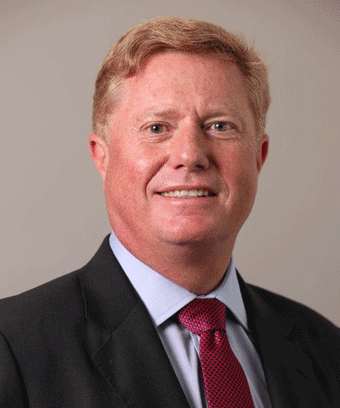
 Selling shares in an SMSF portfolio to fund everyday expenses is a very risky thing to do.
Selling shares in an SMSF portfolio to fund everyday expenses is a very risky thing to do.
Banks and insurance companies spend a great deal of time and effort managing the duration mismatches between their assets and their liabilities.
For example, banks’ assets are loans to customers, and their liabilities are deposits and other borrowings that provide the funding for the loans, and to the extent that the maturity dates aren’t the same means that an extra risk is introduced into the business.
As a general principal, risk is reduced when there is less of a mismatch, but individual retirement income portfolios have very large and potentially risky asset/liability mismatches.
A self managed super fund (SMSF) has known liabilities in the future when it is required to start paying out a pension cash flow to the beneficiaries each year in retirement.
In practice, a proportion of these are fixed and non-negotiable, as they are needed so that the investor can meet every day living expenses in retirement such as food, rent, & utility bills. So, these “non-volatile” liabilities have fixed times at which a certain amount of money must be available to pay these bills each year.
However, many investors rely on selling shares from their portfolio to provide the cash for the required income from the SMSF. These volatile assets do not have maturity dates, and are subject to the market prices at the time of sale. This is a large mismatch, which can be very risky and can shorten the length of time that a SMSF can pay income in post-retirement.
A simple example will illustrate this point. If you had a non-volatile fixed invoice of $10,000 that you needed to pay in 10 years time, you could buy an Endowment Bond for about $5,921 today and it would mature in 10 years providing you with the $10,000 maturity value to pay the bill. This is matching non-volatile liabilities with non-volatile assets and you can be sure that you will have the $10,000 to pay the bill.
Alternatively, you could invest $4,066 in the share market today, and in 10 years time it too could be worth $10,000 (assuming it returned its long term mean return of 9 per cent per annum), but because risky shares are volatile, it may not be worth $10,000 when you need to sell the shares. In fact, there is a 50% chance that you would get less than $10,000 and 50% chance you would get more, and the only sure thing is that you have to sell even if it’s in a down market.
It is always good to get more, but in retirement with fixed obligations and bills to pay, it can be catastrophic not to have the required amount of money when it is needed, but this is exactly how many people create income in retirement.
Gambling with retirement income is a very risky thing to do, but this is precisely what many people do when they need to sell shares in their SMSF to fund everyday living expenses.
About Stephen Duchesne
Stephen Duchesne is chief executive officer and executive director of the Endowment Bond Exchange.
He has 25 years' international experience in debt and equity markets, structured finance, and derivatives with global investment banks such as Credit Suisse and Midland Bank PLC
He was formerly Managing Director and Head of Australasian Debt Markets for Merrill Lynch (Australia) where he was responsible for all locally based Credit & Government Bond Sales & Trading, Futures, Debt Capital Markets origination, and Derivatives Sales & Trading.
Never miss the stories that impact the industry.